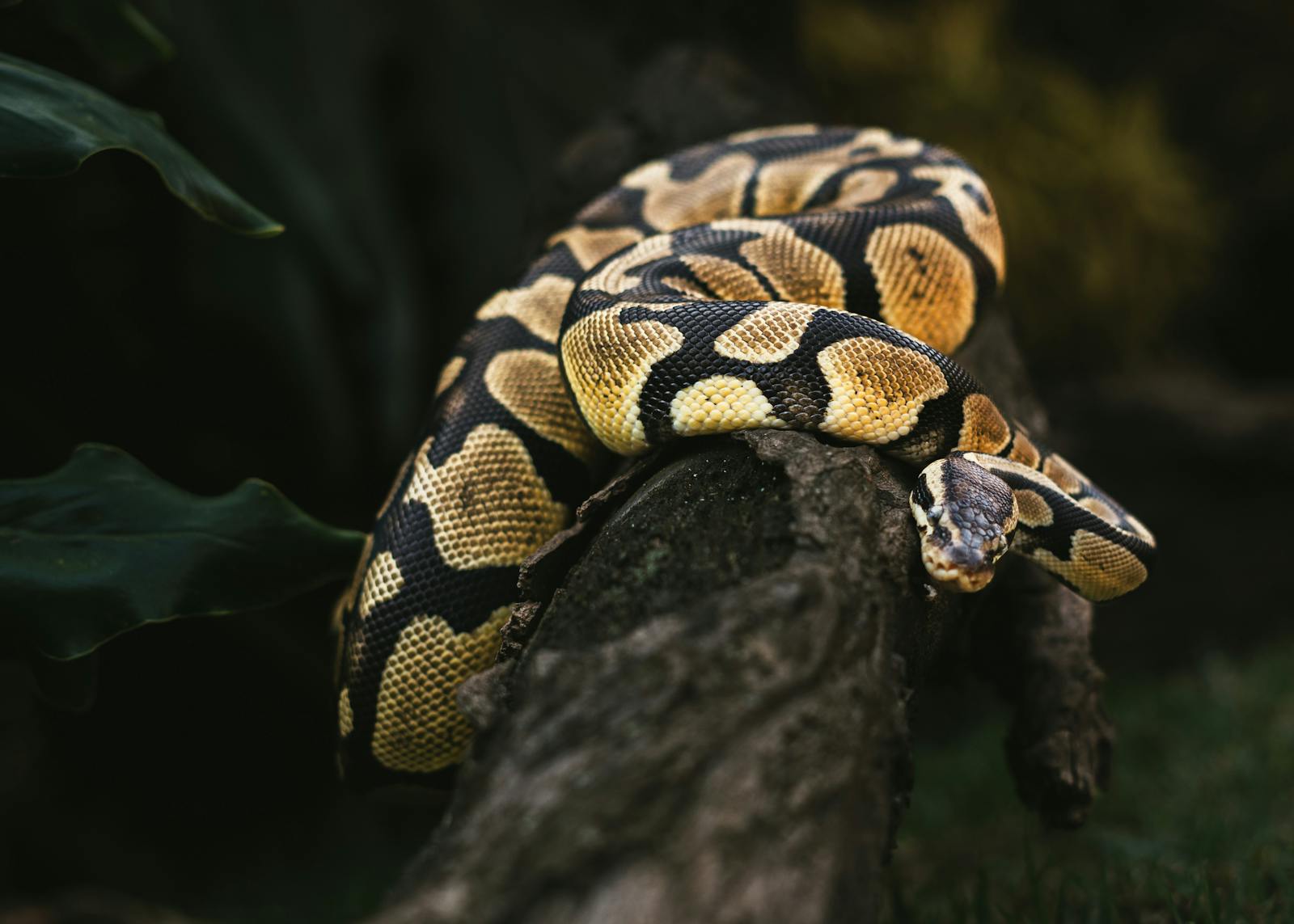In the fascinating world of reptiles, non-venomous snakes stand out as remarkable creatures with impressive lifespans that can exceed four decades. While many people might assume that venomous species would dominate in terms of longevity due to their formidable defense mechanisms, the reality reveals quite the opposite pattern. Non-venomous snakes like ball pythons, boa constrictors, and some colubrids regularly achieve lifespans that would be enviable even to many mammals. These lengthy lives represent remarkable evolutionary achievements, balancing metabolism, environmental adaptation, and biological resilience in ways that science is still working to fully understand. This exploration delves into the biological, ecological, and evolutionary factors that enable these serpents to achieve such impressive longevity despite lacking venom as a defense mechanism.
The Metabolic Advantage: Slow and Steady Wins the Race
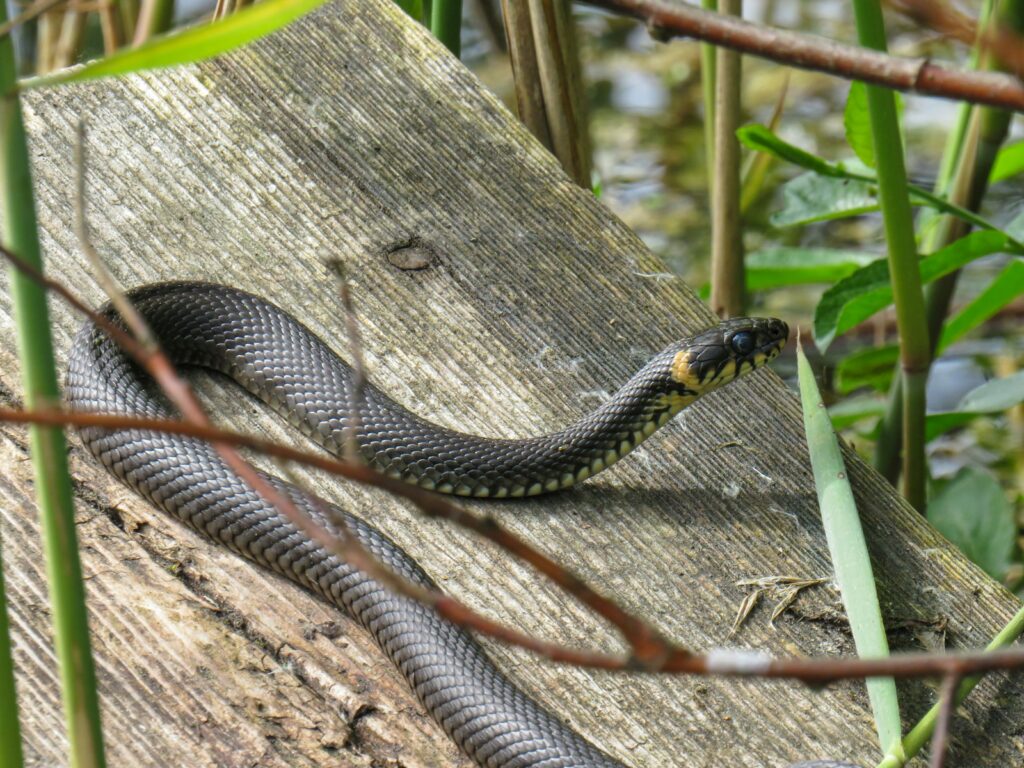
Non-venomous snakes possess a remarkable metabolic advantage that contributes significantly to their impressive longevity. As ectotherms (cold-blooded animals), these reptiles operate with metabolic rates dramatically lower than those of similarly-sized mammals or birds. This slow metabolic pace means their cellular processes generate fewer harmful byproducts like free radicals that typically accelerate aging in warm-blooded animals. Pythons, for instance, can survive on just 10-15 meals per year in the wild, allowing their bodies to conserve energy and reduce metabolic wear and tear over decades. Additionally, during periods between feedings, their organs actually shrink and then regrow when food becomes available, a remarkable adaptation that minimizes maintenance costs when resources aren’t needed. This efficient energy utilization significantly slows the aging process, allowing species like ball pythons and boa constrictors to regularly live 30-40 years or more in proper captivity.
Genetic Longevity Factors: Built to Last
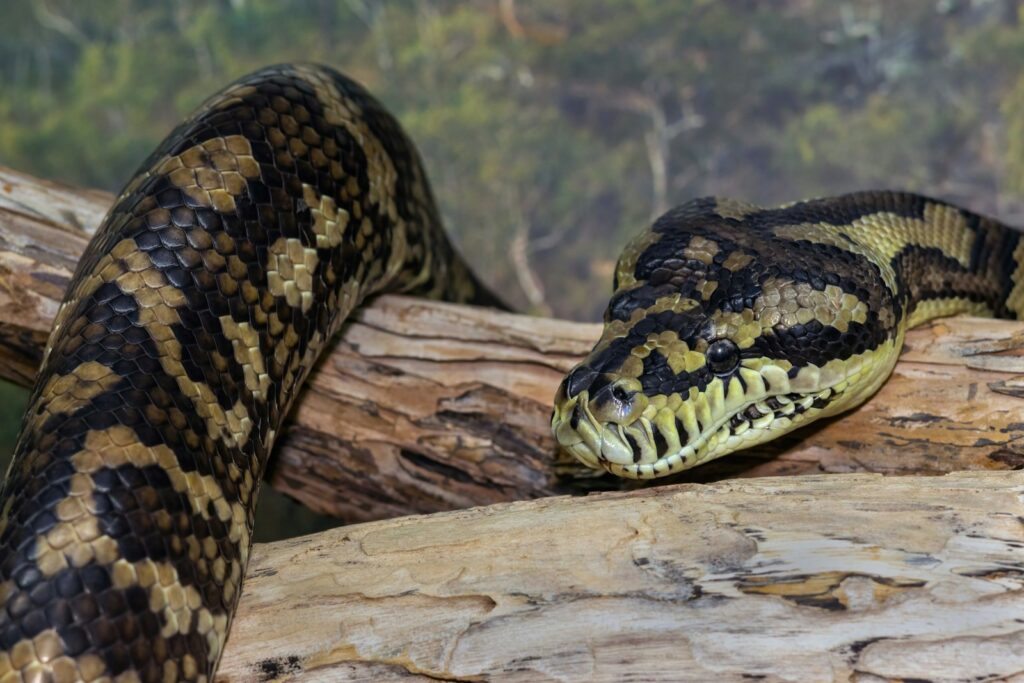
The extraordinary lifespan of many non-venomous snakes can be partly attributed to their genetic makeup and cellular repair mechanisms. Recent genomic studies have revealed that several long-lived snake species possess enhanced DNA repair pathways that effectively address cellular damage throughout their lives. These reptiles show heightened expression of genes associated with telomere maintenance, which prevents the shortening of these protective chromosome caps that typically occurs with aging in many species. Researchers examining Burmese pythons have identified specialized heat shock proteins that help maintain cellular integrity even during dramatic physiological changes, such as the massive metabolic shifts that occur after consuming large prey. The immune systems of these long-lived snakes also demonstrate remarkable resilience, maintaining functionality decades longer than what would be expected in mammals of similar size. Together, these genetic adaptations create a biological foundation for extended lifespans that doesn’t necessarily require venom as a survival mechanism.
Growth Patterns and Indeterminate Growth
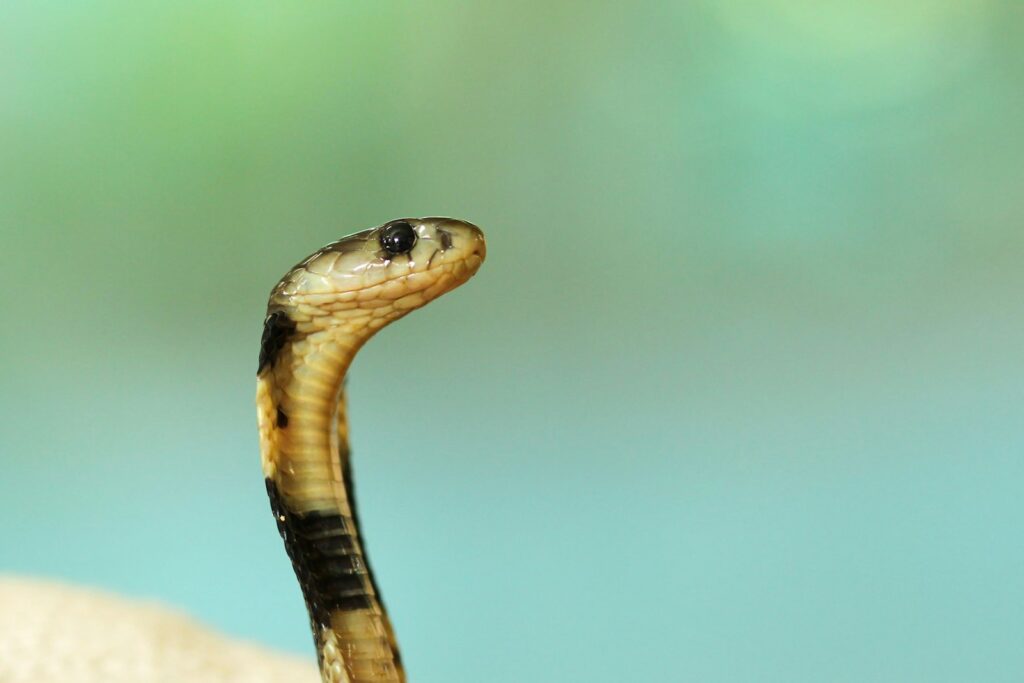
Many non-venomous snake species exhibit a fascinating biological phenomenon known as indeterminate growth, which contributes significantly to their longevity. Unlike mammals that generally reach a fixed adult size, these reptiles can continue growing throughout their lives, albeit at dramatically reduced rates after reaching sexual maturity. This growth pattern, particularly evident in large constrictors like anacondas and reticulated pythons, allows for ongoing cellular renewal processes that may help counteract some effects of aging. The indeterminate growth model also permits these snakes to reach impressive sizes over many decades, with some specimens of reticulated pythons documented to reach 25-30 feet after 25+ years of life. Interestingly, research suggests that the rate of growth actually correlates with longevity in several python species, with slower, more sustainable growth patterns associated with longer lifespans. This measured approach to development represents an evolutionary strategy favoring long-term survival over rapid maturation.
Reproductive Strategies and Energy Conservation
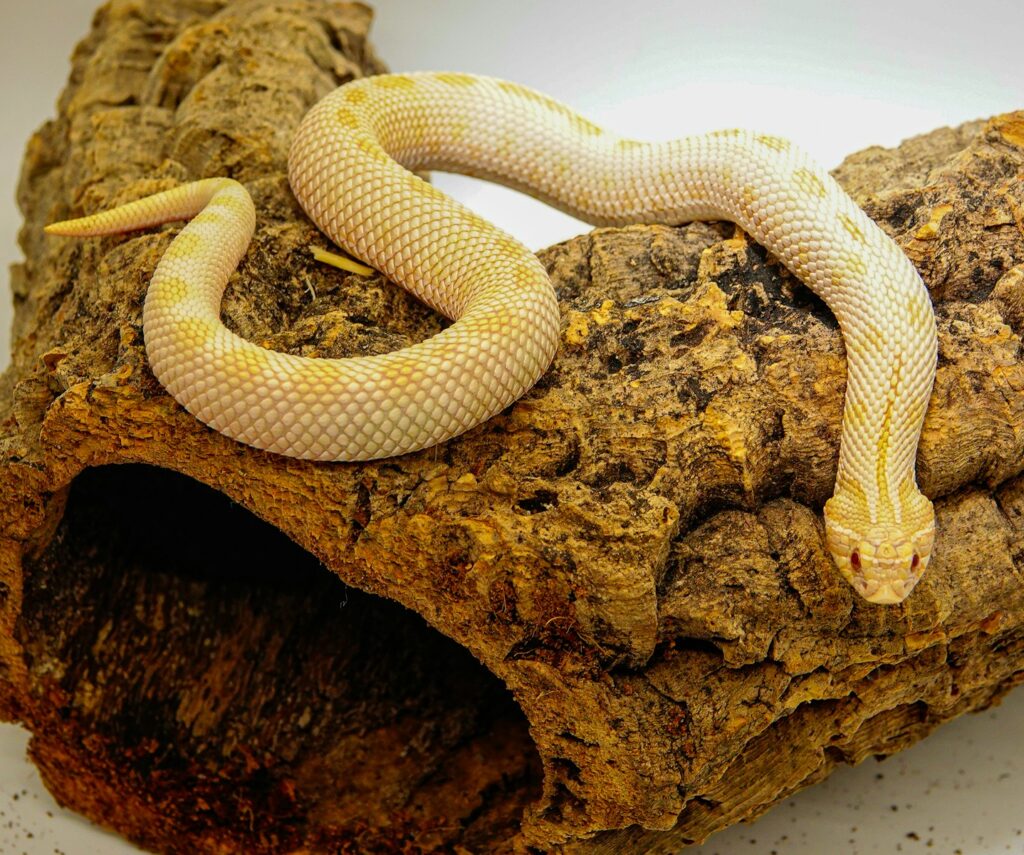
The reproductive strategies employed by many long-lived non-venomous snakes reveal fascinating adaptations that support their extended lifespans. Rather than reproducing annually, many of these species engage in less frequent breeding, sometimes waiting several years between reproductive events. Ball pythons, for instance, may reproduce only every 2-3 years in the wild, allowing females to rebuild energy reserves between clutches. This measured reproductive pace significantly reduces the physiological strain that reproduction places on the body, effectively distributing the biological cost of reproduction across a longer timespan. Some species like the boa constrictor have evolved live birth (viviparity) rather than egg-laying, which, while energetically demanding during pregnancy, eliminates the mineral-depleting process of egg shell production. Additionally, larger constrictors typically produce fewer offspring per clutch than many venomous species, investing more resources in fewer, more developed young. These reproductive adaptations collectively minimize the biological toll of reproduction, contributing to their four-decade-plus potential lifespans.
Environmental Adaptability: Masters of Survival
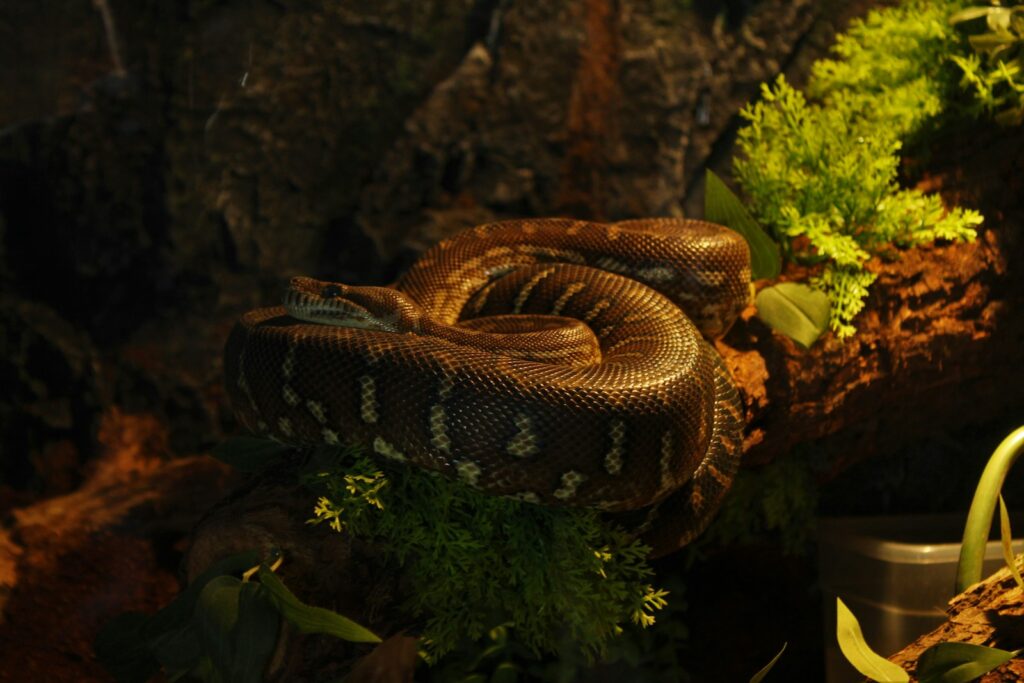
Non-venomous snakes with exceptional longevity demonstrate remarkable environmental adaptability that enhances their survival prospects across decades. These resilient species typically possess adaptations that allow them to thrive in diverse habitats and weather changing environmental conditions. The ball python, which regularly lives 30+ years, can survive months-long dry seasons in Africa by reducing activity and utilizing burrows to maintain appropriate body temperature and hydration. Corn snakes, another long-lived species reaching 15-20+ years, can adapt to environments ranging from grasslands to forests and agricultural areas, giving them flexible habitat options as landscapes change over their long lives. Many constrictors possess specialized heat-sensing pits that allow precise detection of prey even in complete darkness, maintaining hunting efficiency regardless of visual conditions. This environmental adaptability means these species experience fewer life-threatening crises throughout their decades of existence compared to specialist species with narrower tolerance ranges.
The Constrictor Advantage
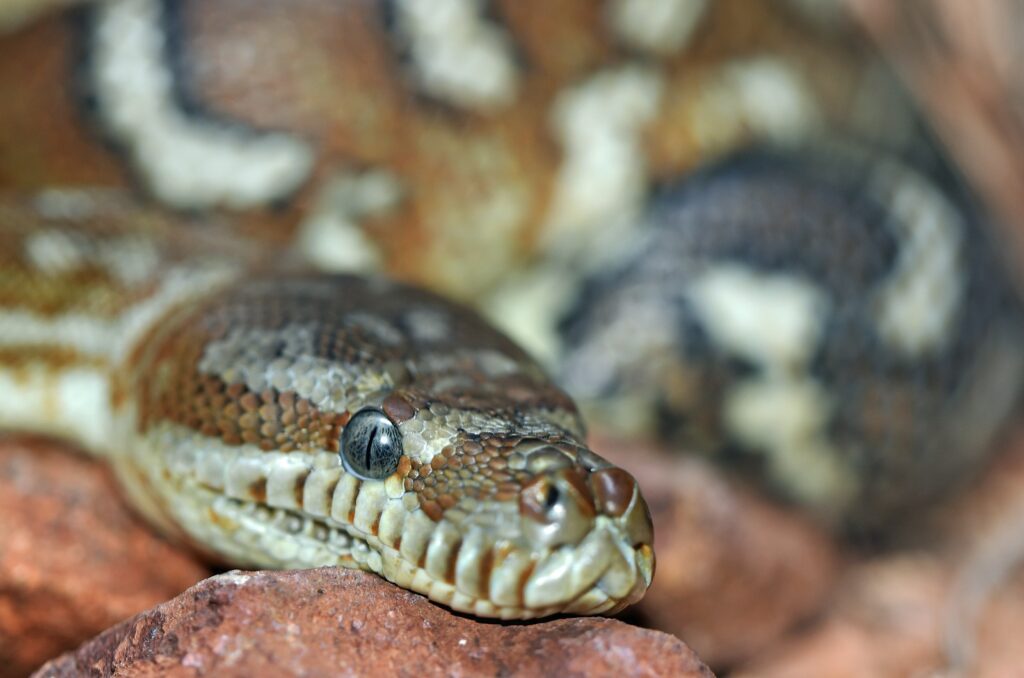
Constriction as a hunting strategy offers several significant advantages that contribute to the remarkable longevity of many non-venomous snake species. Unlike venomous hunting, which often involves close-range strikes that expose snakes to potential injury from prey defenses, constriction allows these predators to secure and immobilize prey while minimizing personal risk. This safer hunting method means constrictors like boas and pythons suffer fewer injuries during feeding events over their long lifespans. The powerful musculature developed for constriction also serves defensive purposes, allowing these snakes to fend off predators through strength rather than relying solely on chemical defenses or speed. Research has shown that experienced adult constrictors can modulate their constriction force based on prey size, conserving energy when hunting and potentially extending their active years. Additionally, the constriction method proves incredibly reliable across diverse prey types, allowing these snakes to adapt their diets as ecological conditions change throughout their decades-long lives.
Size Matters: Predator Deterrence Without Venom
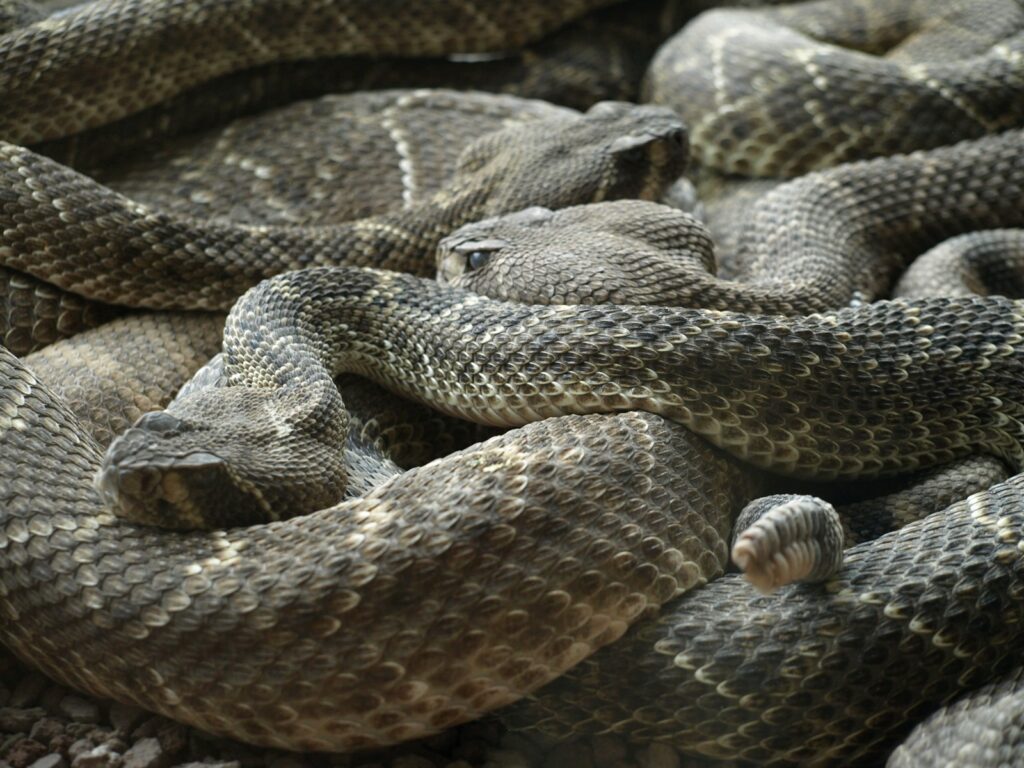
The impressive size achieved by many long-lived non-venomous snakes serves as a crucial defense mechanism that compensates for their lack of venom. Large constrictors like Burmese pythons and anacondas can reach lengths of 15-30 feet, dimensions that effectively remove them from the prey list of most potential predators. This size-based protection becomes increasingly effective as these snakes age and continue growing, creating a positive feedback loop where longer life allows greater size, which in turn enhances survival probability. The muscular girth of these substantial serpents also provides remarkable physical strength, with large pythons capable of exerting constriction forces exceeding 15 psi, sufficient to deter even large mammalian predators. Even medium-sized non-venomous species like rat snakes benefit from their length by appearing more intimidating through posturing and bluffing behaviors that leverage their size. Research has documented that predation attempts on adult constrictors drop dramatically once they exceed certain size thresholds, effectively granting them increased protection with each passing year of growth.
Behavioral Adaptations for Long-Term Survival
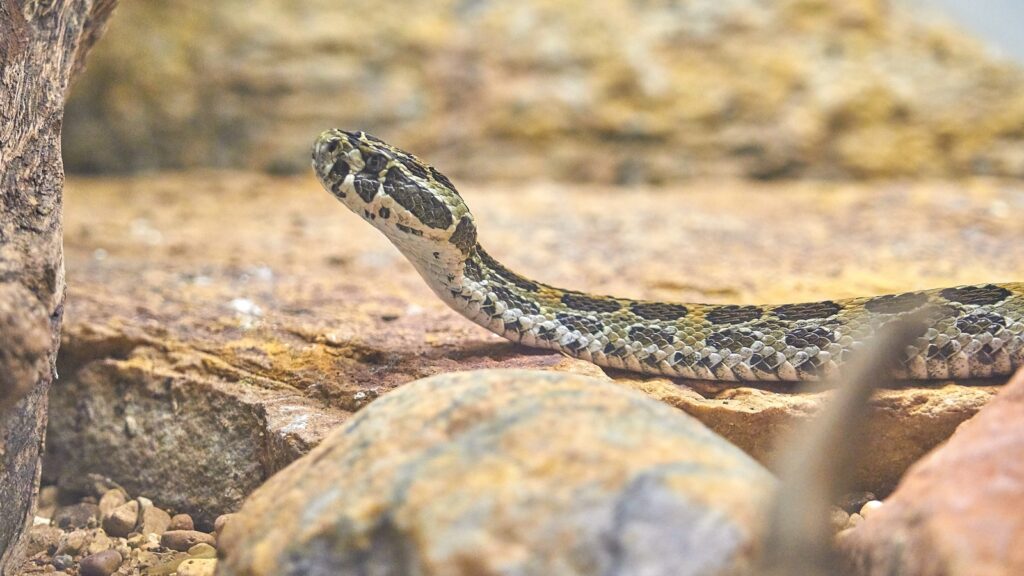
Non-venomous snakes with exceptional longevity exhibit sophisticated behavioral adaptations that significantly enhance their long-term survival prospects. Many long-lived species display remarkable caution and deliberation in their movements, minimizing unnecessary exposure to predators or environmental hazards. Ball pythons, for example, spend upwards of 90% of their time in burrows or other shelters, emerging primarily for essential activities like feeding or mating. This cautious approach dramatically reduces their exposure to predation risks compared to more active species. Many constrictors develop highly refined threat assessment abilities with age, learning to distinguish between genuine dangers and non-threatening stimuli, thereby conserving energy by avoiding unnecessary defensive responses. Research has also documented that older specimens of several python and boa species demonstrate enhanced problem-solving abilities when navigating complex environments or accessing prey, suggesting cognitive development that improves with age. These accumulated behavioral adaptations represent a form of “experience advantage” that increases survival probability with each passing year, contributing to their impressive longevity.
Comparative Longevity: Outliving Their Venomous Counterparts
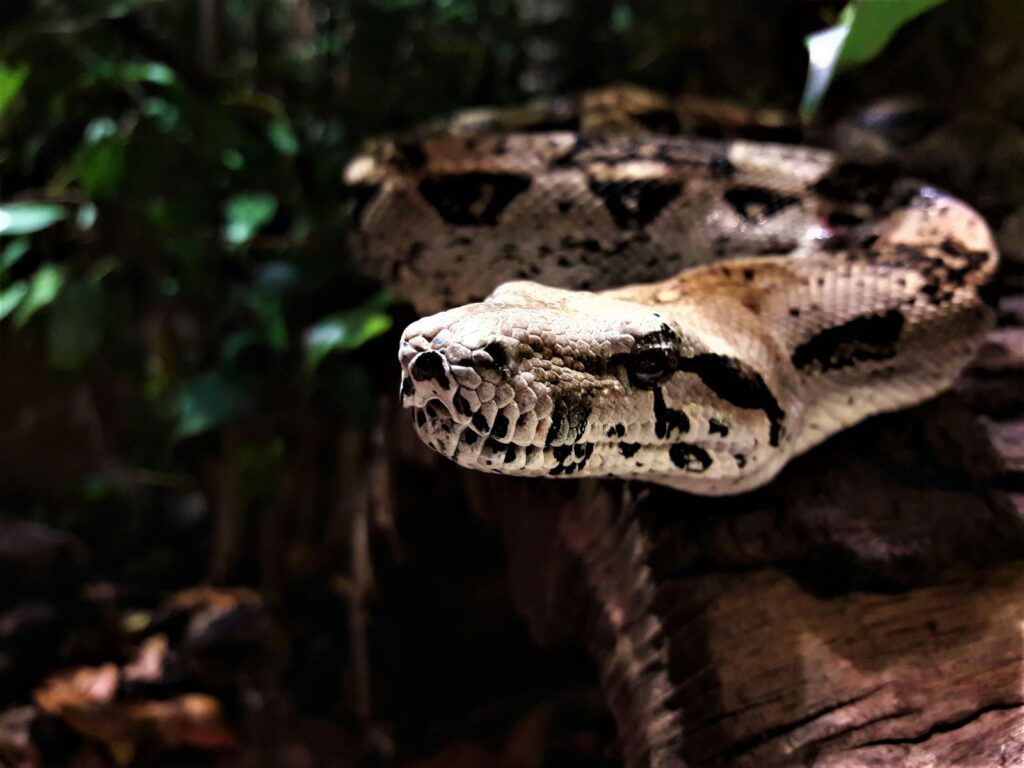
When examining snake longevity data across species, a fascinating pattern emerges that consistently shows many non-venomous species outliving their venomous relatives. Ball pythons regularly reach 30-40 years in captivity, significantly exceeding the 15-25 year average lifespan of most rattlesnakes or cobras. This longevity gap becomes even more pronounced with larger constrictors, with well-cared-for boa constrictors frequently surviving into their late 30s or early 40s, while even the longest-lived vipers rarely exceed 25 years. Herpetological research suggests this difference may stem from the high metabolic cost of venom production and maintenance, which requires significant energy investment throughout a venomous snake’s life. Additionally, venomous species typically exhibit faster life history strategies, often maturing earlier and reproducing more frequently, which may accelerate cellular aging processes. The hunting tactics of venomous snakes also typically involve more active foraging and higher-risk prey interactions compared to the ambush strategies favored by many long-lived constrictors, potentially increasing mortality risks. This comparative advantage demonstrates that venom, while offering immediate survival benefits, may actually represent a metabolic tradeoff that reduces maximum lifespan potential.
Captive Longevity Records: Breaking the Four-Decade Barrier
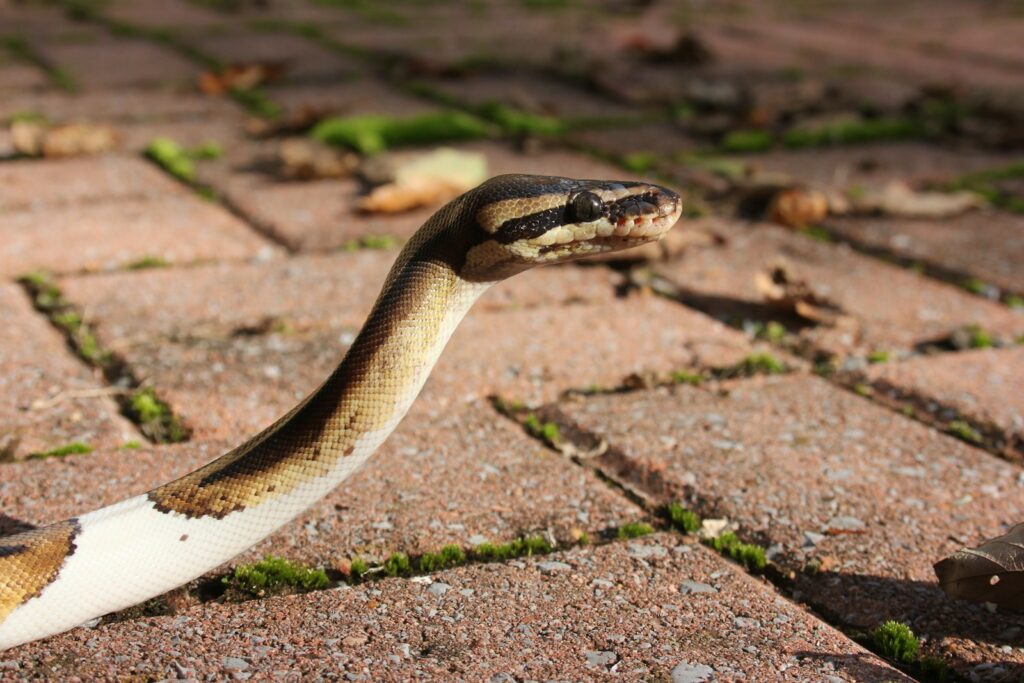
Captive environments have enabled many non-venomous snake species to achieve remarkable longevity records that consistently surpass the four-decade mark. The current longevity record for ball pythons in captivity stands at an impressive 47 years, documented for a specimen kept at the Philadelphia Zoo under optimal conditions throughout its life. Even more astonishing is the case of a boa constrictor named “Popeye” that reached the age of 51 years at the Philadelphia Zoo before its death in 1977, a record that remains unmatched among large constrictors. Corn snakes, though smaller in size, have been documented to reach 32+ years in captivity, significantly exceeding their estimated 10-15 year lifespan in the wild. These extraordinary lifespans are made possible through consistent temperature regulation, regular veterinary care, balanced nutrition, and elimination of predation risks in captive settings. Zoological institutions tracking snake longevity have noted that specimens receiving optimal care from their first year of life consistently achieve greater longevity than wild-caught individuals, suggesting that early life conditions significantly impact maximum lifespan potential in these remarkable reptiles.
Cellular Aging Mechanisms in Long-Lived Reptiles
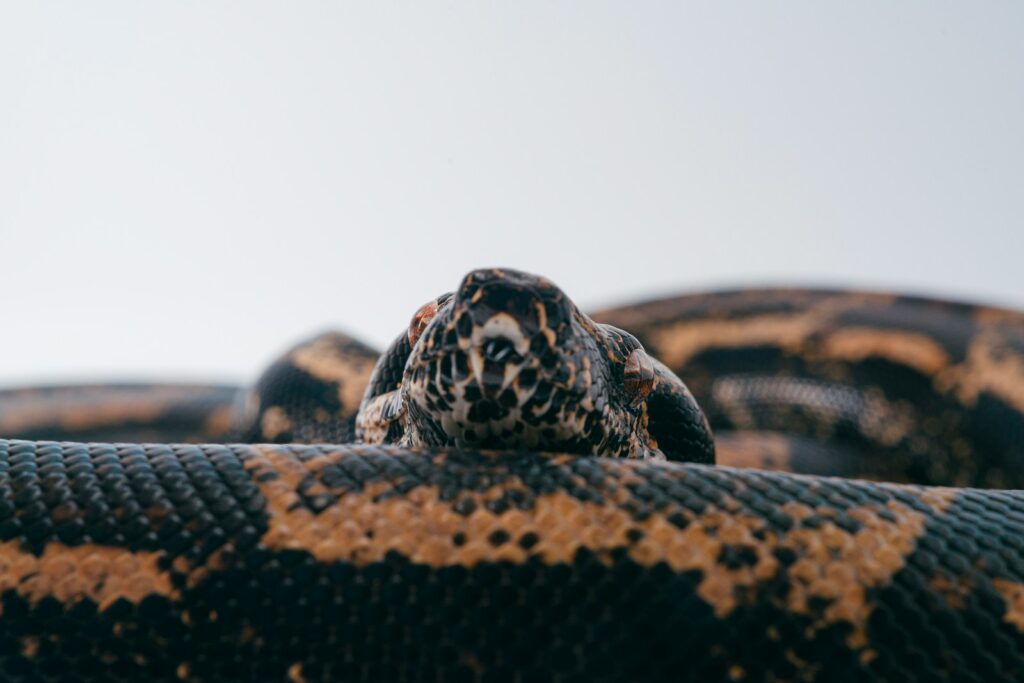
The cellular aging mechanisms of long-lived non-venomous snakes present fascinating insights into vertebrate longevity and have drawn increased scientific attention in recent years. These reptiles demonstrate remarkably slow cellular senescence (the deterioration of cell function over time), with scales from 30-year-old ball pythons showing minimal structural degradation compared to younger specimens. Researchers examining the oxidative stress resistance in python tissues have discovered enhanced antioxidant systems that effectively neutralize reactive oxygen species, the damaging byproducts of cellular metabolism that typically accumulate with age. The cells of these long-lived species also maintain membrane integrity and mitochondrial function for decades longer than would be expected based on their body size according to traditional allometric scaling models. Particularly intriguing is evidence suggesting that these snakes experience minimal immunosenescence (age-related immune system decline) compared to mammals, maintaining robust immune responses well into their third and fourth decades of life. These cellular preservation mechanisms collectively contribute to organ systems that maintain functionality across an impressively extended lifespan, even without the protective advantage that venom might provide.
Temperature Regulation and Hibernation Effects
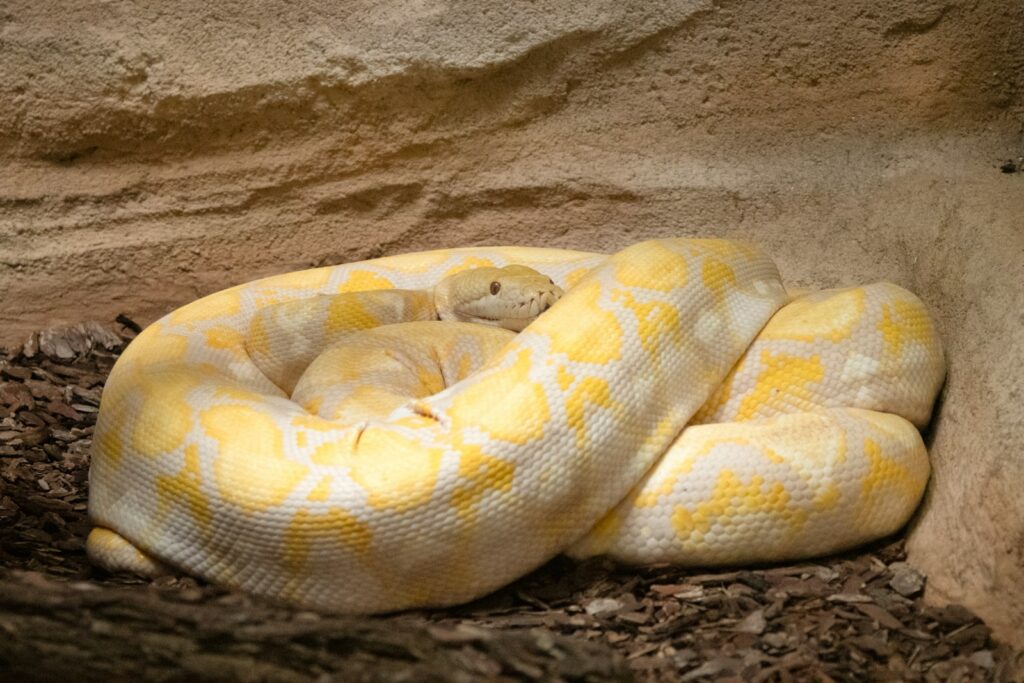
The relationship between temperature regulation, hibernation (brumation in reptiles), and longevity represents one of the most significant factors in the extended lifespans of non-venomous snakes. Many long-lived species like ball pythons, kingsnakes, and rat snakes naturally experience seasonal temperature fluctuations that trigger periods of dramatically reduced metabolic activity. During these brumation periods, which can last 2-4 months annually, metabolic rates may drop to just 20-30% of normal activity levels, effectively placing the animals in a state of biological suspension that minimizes cellular aging processes. Research examining telomere length in hibernating reptiles indicates significantly less degradation of these chromosome caps during brumation periods compared to active phases. The temperature drops experienced during brumation also appear to activate cellular stress response pathways that enhance DNA repair mechanisms and protein quality control systems upon rewarming. Long-term studies tracking snake cohorts have demonstrated that specimens experiencing natural brumation cycles consistently outlive those maintained at constant temperatures year-round by 15-25% on average. This “metabolic pause” effect, repeated annually over decades, effectively extends the biological timeline of these animals beyond what might be expected based solely on their body size or ecological niche.
Human Factors Affecting Non-Venomous Snake Longevity
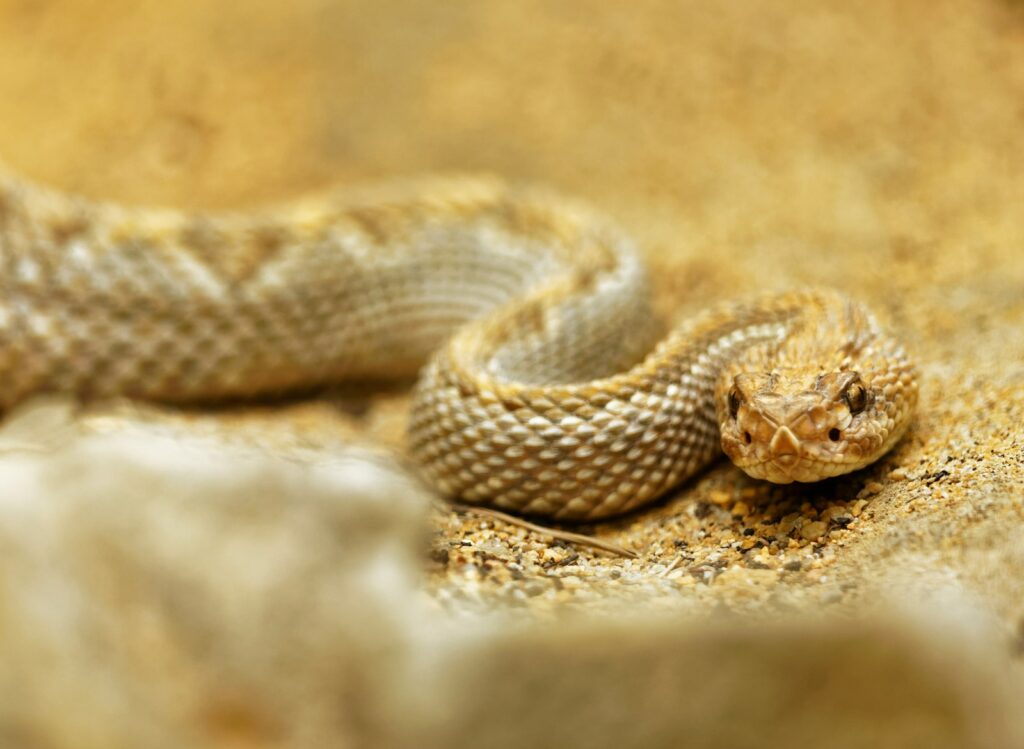
Human influences play an increasingly significant role in determining the actual longevity achieved by non-venomous snake species in both captivity and the wild. In captive environments, advances in veterinary care have dramatically extended potential lifespans, with specialized reptile veterinarians now able to address health issues from respiratory infections to reproductive disorders that previously proved fatal. Nutritional knowledge has similarly evolved, with research determining optimal feeding frequencies and prey size ratios that prevent obesity while ensuring complete nutrition, a critical factor as many captive specimens previously suffered from reduced longevity due to overfeeding. Conversely, human habitat destruction represents the greatest threat to wild snake longevity, with fragmentation of natural ranges forcing snakes to cross dangerous terrain and increasing mortality rates. Climate change presents another human-driven challenge, as altered temperature patterns disrupt brumation cycles and reproductive timing that evolved over millennia. Wildlife conservation efforts targeting non-venomous species have shown promising results, with protected areas allowing natural lifespans to be achieved more consistently where human interference is minimized.
The Remarkable Achievement of Longevity Without Venom
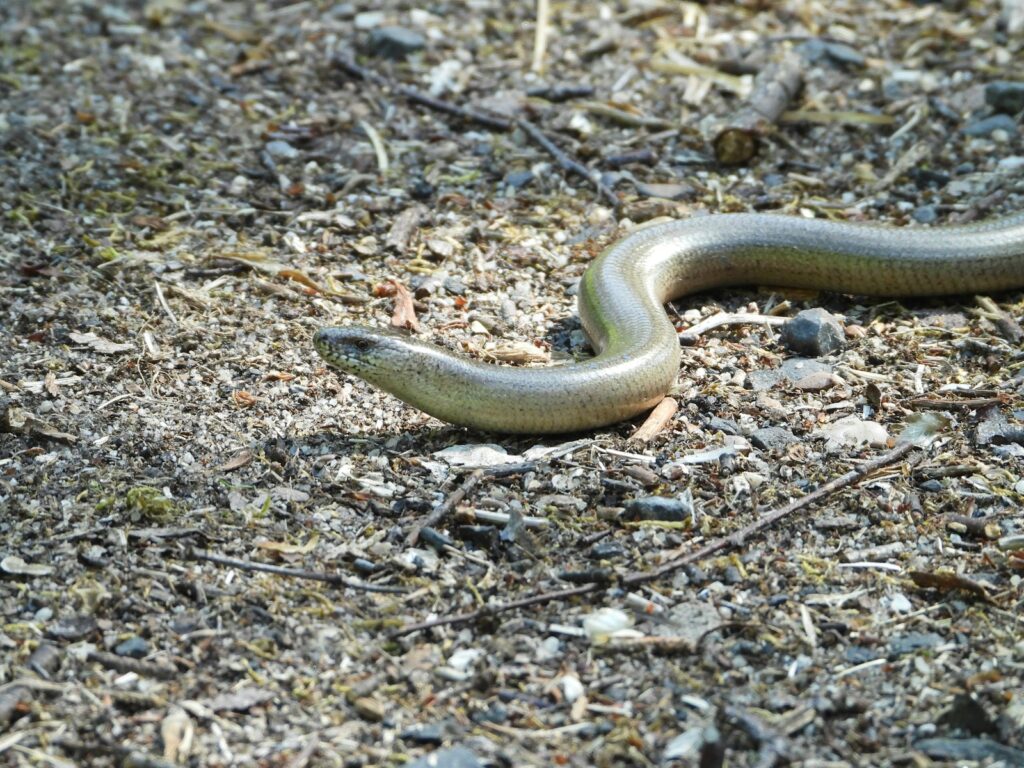
The impressive longevity of many non-venomous snake species represents a fascinating evolutionary success story that challenges our understanding of survival adaptations. These remarkable reptiles have developed complex biological, behavioral and metabolic systems that allow them to thrive over decades despite lacking the seemingly advantageous protection of venom. Their slow metabolic rates, efficient energy utilization, and enhanced cellular repair mechanisms form the foundation of lifespans that regularly exceed 30-40 years in optimal conditions. As research continues to unravel the genetic and physiological factors behind these extended lifespans, these serpents may offer valuable insights applicable to human aging research. The ball pythons, boas, and other long-lived constrictors that regularly break the four-decade barrier demonstrate that in the evolutionary race for survival, the slow and steady approach to life’s biological processes can indeed win the race for longevity.

